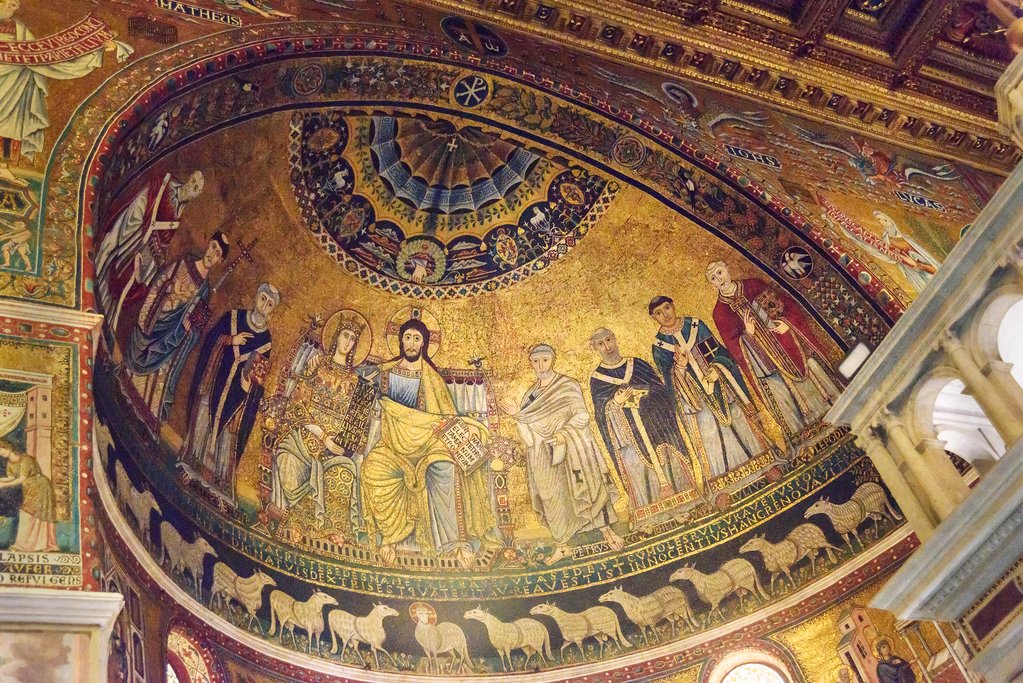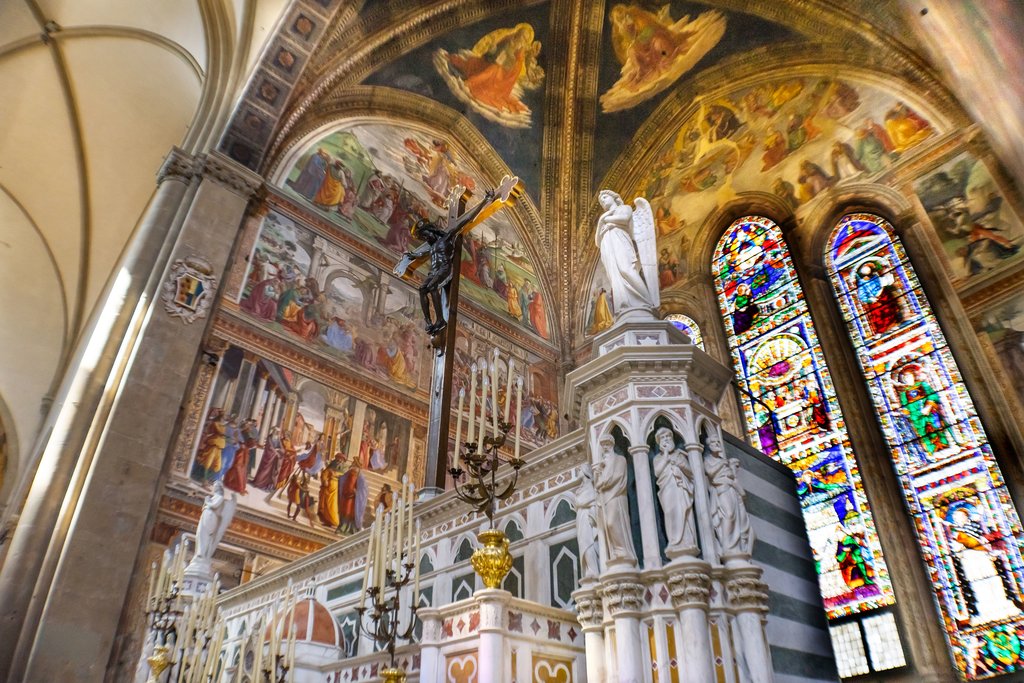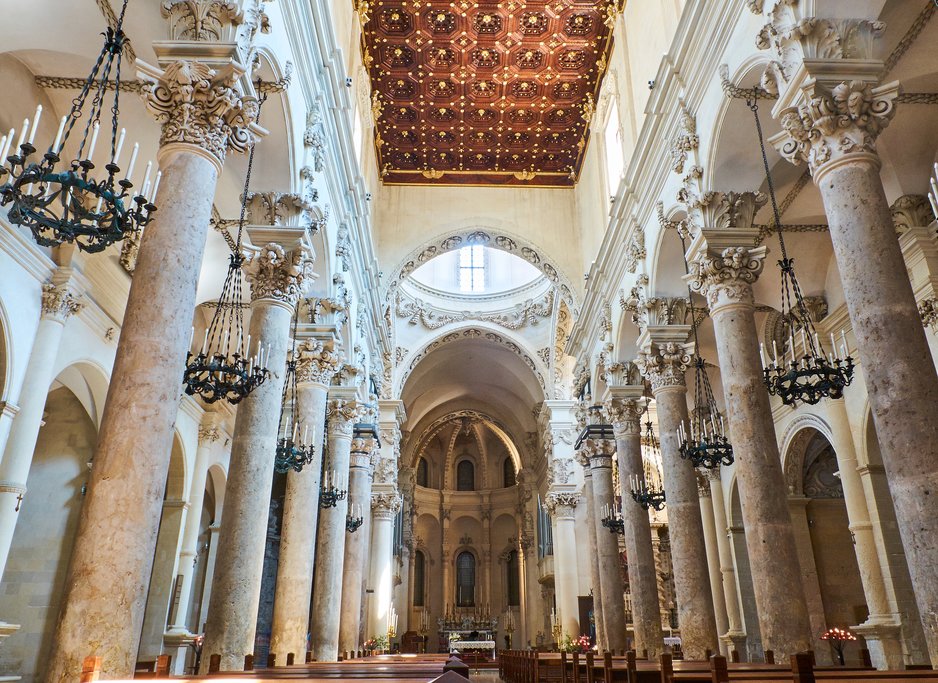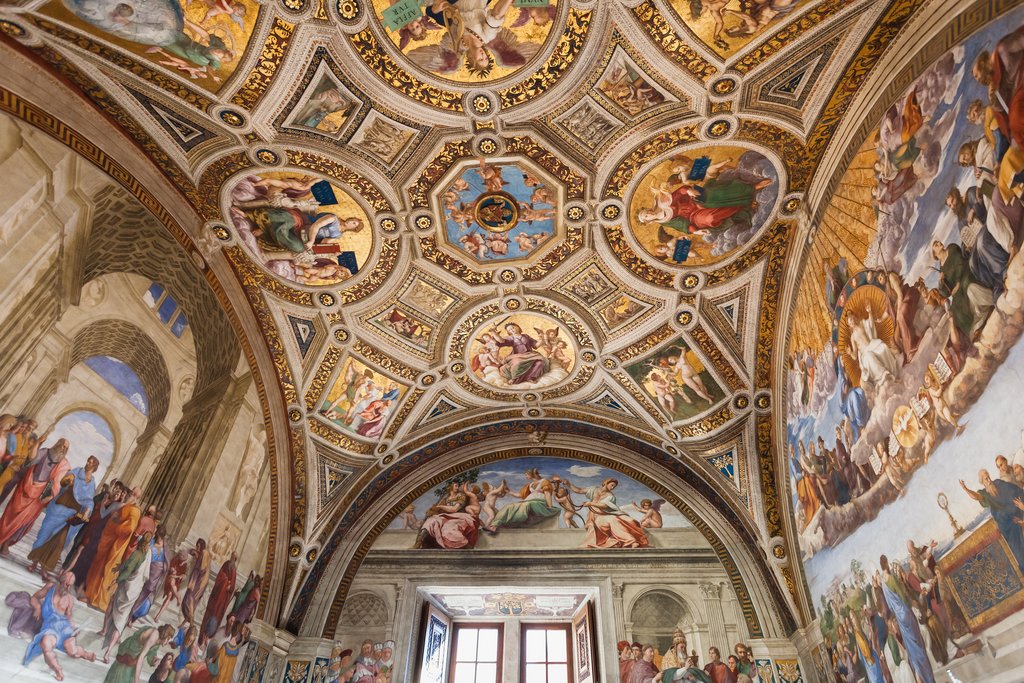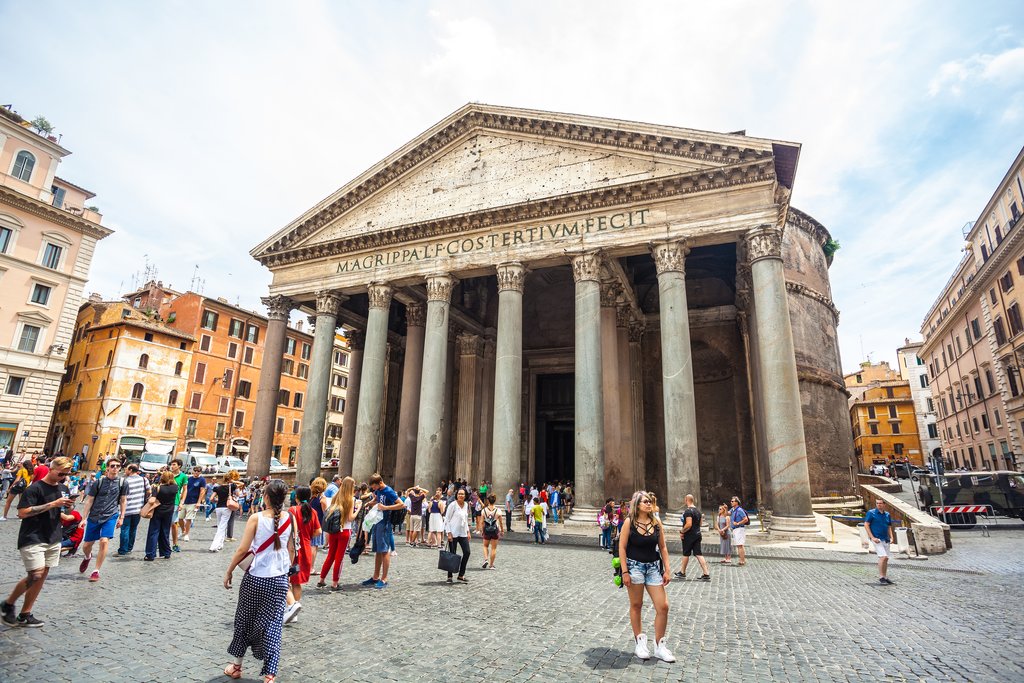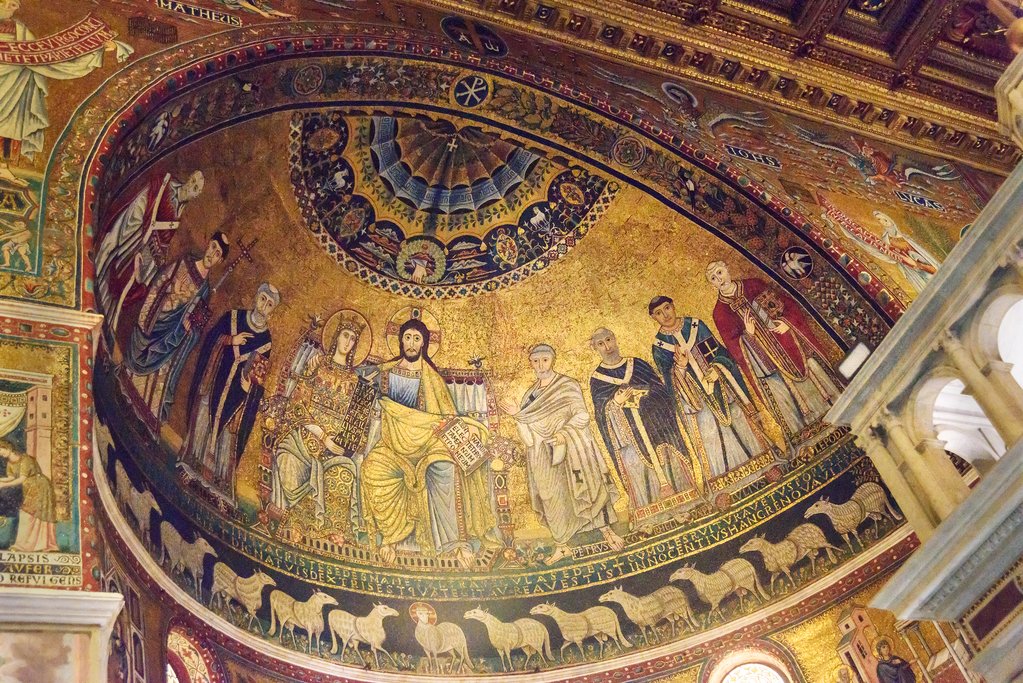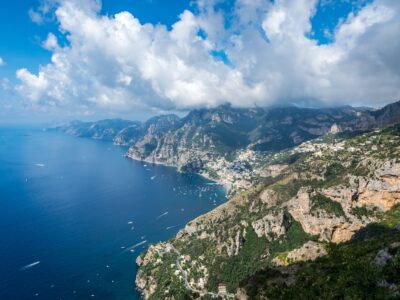Discover the Churches of Rome
Take a deep dive into the hidden spiritual and artistic heritage of Rome through an exploration of its astounding 900 churches. These religious sites offer more than just a place of worship—they are architectural marvels, art galleries, and historical time capsules rolled into one. Among them are churches devoted to the Virgin Mary, the only Gothic-style church in the city, and the actual cathedral of Rome (surprisingly, it’s not Saint Peter’s Basilica). Each church tells its own story through its intricate design, ancient frescoes, and fascinating artifacts, making them perfect for travelers looking to uncover Rome’s multi-layered past.
Begin your journey at the Basilica di Santa Maria Maggiore, the largest church in the city dedicated to the Virgin Mary. While its facade exudes 18th-century Baroque elegance, it was actually constructed around 440 CE, making it one of the oldest in Rome. Inside, admire exquisite 5th-century mosaics on both the triumphal arch and nave walls, depicting powerful scenes from the Old Testament. Uniquely, this basilica has remained largely unaltered since its inception, offering a rare glimpse into Early Christian architecture.
Next, visit San Lorenzo Fuori le Mura, an ancient basilica with 6th-century roots. Its triumphal arch is adorned with vivid Byzantine mosaics portraying Christ among the saints. Alongside its 13th-century frescoes is the tomb of St. Lawrence, marked by the stone that is believed to bear the stain of his martyrdom. Nearly every Pope since the church’s founding has contributed to its development, transforming it into a significant religious complex just beyond the ancient city walls.
Make your way to San Giovanni in Laterano, the actual cathedral of Rome and the official ecclesiastical seat of the Pope. Built in the 4th century CE, this basilica predates many others, although fires, invasions, and earthquakes have altered its structure over time. The current version reflects renovations from the 16th and 17th centuries, showcasing lavish Baroque style. Inside, you’ll find ornate frescoes, stunning columns, detailed mosaics, and sculptures, making it a spiritual and artistic treasure.
Continue to Santa Maria in Trastevere, a charming 4th-century church believed to be the first in Rome dedicated to the Virgin Mary and the earliest site for open mass. Reconstructed in the 12th century under Pope Innocent II, it boasts breathtaking mosaics from the 12th and 13th centuries. A double row of 22 grand columns—repurposed from Roman temples—line the nave. Look up to admire Domenichino’s gilded ceiling, a masterpiece completed in 1617 CE.
Visit Santa Maria Sopra Minerva, a standout due to its rare Gothic architecture. Constructed by Dominicans in the 13th century over the ruins of ancient temples to Minerva, Egyptian deities, and Serapis, this church also houses Michelangelo’s sculpture and the tomb of St. Catherine of Siena, Italy’s revered patron saint.
Don’t miss the Basilica of Santa Maria del Popolo, often overlooked despite being located in the busy Piazza del Popolo. Inside awaits a treasure trove of Renaissance art from masters like Raphael, Pinturicchio, Bernini, and Caravaggio. Each of its seven chapels showcases a distinct artistic brilliance.
Head over to the Basilica of San Clemente, which offers a unique underground journey through time. This church is built upon a 4th-century basilica, itself built atop a pagan temple. Explore all three historical layers, each featuring significant frescoes, mosaics, and shrines—including one dedicated to the god Mithras.
In Santa Cecilia in Trastevere, hidden behind a Roman courtyard, discover a peaceful church known for its impressive 9th-century mosaic and a profound fresco of the Last Judgement by Pietro Cavallini, considered a precursor to Giotto’s artistic style.
Step into Basilica di Sant’Agostino, a lesser-known gem of Renaissance art. Admire Caravaggio’s Madonna of the Pilgrims, noted for its realism, Raphael’s fresco of Isaiah, and masterpieces by Sansovino and his pupil Jacopo Tatti. Each piece contributes to the church’s quiet but powerful artistic identity.
Finally, conclude your spiritual exploration at the Pantheon. Originally a pagan temple, it became a Catholic church in the early 7th century. Today, it remains in use for religious services. Its dome, the world’s largest unreinforced concrete dome, still astounds visitors and represents the engineering prowess of ancient Rome.
Whether you are a history enthusiast, an architecture aficionado, or a spiritual pilgrim, Rome’s churches offer layers of beauty and significance waiting to be uncovered at every turn.
A-Activ-27sep2025-162

